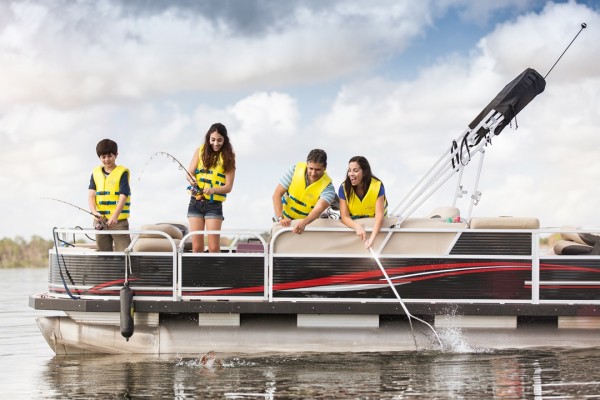Building bridges and boaters: Understanding new markets

In order for the boating industry to sustain the growth it is poised to experience in 2015, new markets will need to be reached and new boaters will need to be created.
Last year, the Recreational Boating and Leadership Council’s New Markets Task Force (formerly called the Diversity Task Force) held its first official group meeting during the Miami International Boat Show with an initial focus to define its goals and objectives.
These industry leaders work together to achieve long-term growth in boating by building bridges with demographics not typically associated with the lifestyle, improving awareness of what “diversity” actually means and working together to positively impact the recreation from a career and consumer standpoint.
As the New Markets Task Force continues to develop strategies, Boating Industry spoke with some of the members of its newly organized VIP Influencers Group in a two-part story and collected their best practices that businesses can utilize today in order to engage with new markets. The VIP Influencers Group is comprised of Hispanic, African American and Asian professionals working in the marine industry.
Understanding the new markets
Lou Sandoval, co-owner and founder of Karma Yacht Sales, believes that learning about the buyers in your business’s community and understanding their unique needs will help when targeting the marketing message. He says this is a particular priority when marketing to Hispanic consumers.
“You’ve got to know who you’re going for. The Latino community is as diverse as our standard communities. The only thing they really have in common is they share the same mother tongue,” said Sandoval.
“If you are going to spend the money marketing to [Hispanic boaters], make sure you know who your target audience is within that Hispanic market,” added Raul Bermudez, vice president, charter division of MarineMax.
In specifically targeting the Hispanic buyers, focusing on how a boat will bring families together in an alternative environment is a very successful angle. Sandoval points to the Recreational Boating and Fishing Foundations’ “Vamos a Pescar” campaign and Discover Boating’s Stories of Discovery covering the Vasquez family as excellent examples.
“Family is everything in the Hispanic culture. Everything we do revolves around families,” said Sandoval. “It’s not so much that it’s on the water … but more importantly, it’s that it brings their family closer together.”
Within marketing, changing the face of who is appearing in advertisements is what Erik Rimblas, senior vice president at West Marine, calls “low-hanging fruit.” Other initiatives for reaching ethnically diverse buyers are more complicated but creating marketing materials where buyers of varying ethnicities, ages and genders are featured will allow non-traditional consumers to see themselves in an activity they are not accustomed to.
“’Diversity’ is not the target, because that’s unfair to everybody else that’s not ‘diverse.’ For me, my perspective is that … it’s about making it fair and inclusive for everybody,” said Rimblas. “If you don’t get people to fall in love with the lifestyle, they’re going to be intimidated by an activity they’ve never been a part of.”
Marcus Asante, founder of the Universal Sailing Club in Baltimore – which he claims is the oldest African American sailing club in the nation – says that inclusionary marketing is an excellent way to reach African American buyers as well.
“African Americans, just like most communities, want to see one another in the various advertisements, and they want to know it’s genuine rather than a ploy for their attention,” said Asante.
Asante thinks the industry should sell to African Americans following the conventions of how TV and radio market to them, which, for lack of a better term, is an individualized strategy.
“It really requires that level of personal service to market to this group of people. It’s very personal because we’re undoing something. We’re not marketing to a blank slate – we’re talking to people who have, in many cases, negative indicators around the water,” said Asante. “There are many African Americans who will enjoy boating, but with the right messaging and the right human contact.”
For the African American community, one main concern is a lack of access to boating through the typical channels. Most boaters get into boating through a family member or friend, or often through childhood experiences.
“Usually in the African American community, because the number of people who boat is so small, that doesn’t happen,” said Marvelle Manga, co-owner of the Black Boater’s Summit. “Unless one of their friends says ‘Come out with me for a weekend,’ it’s hard to be introduced. That first step is where we’re lacking.”
Look for part 2 of our insights from the VIP Influencers Group next week at BoatingIndustry.com. If you are interested in joining the RBLC New Markets Task Force and/or the VIP Influencers Group and contributing to the conversation about how to make boating more inclusionary for all, please contact Task Force Chair Wanda Kenton Smith at wanda@freedomboatclub.com.




